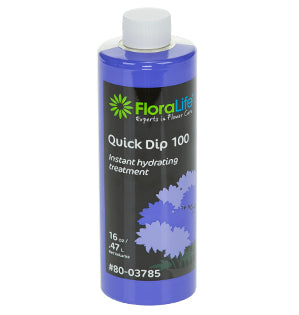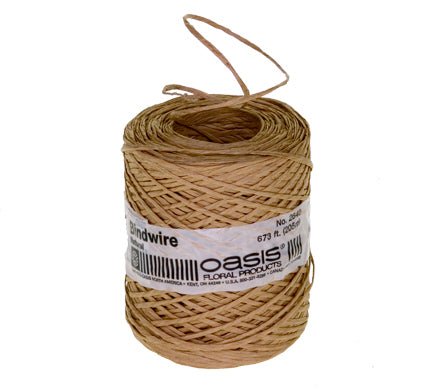Radiant Ranunculus
You will love this floral design video demonstration. A study in contrasts, mixing beautiful delicate ranunculus with dramatic architectural protea. Foam free and built on a natural armature of leafing curly willow Leanne creates a stunning design using flowers from FiftyFlowers.com. Enjoy!
Video Transcription
Welcome to the Flower School .com video library. I'm Leanne Kesler, director of the Floral Design Institute. And today, I'm here to share with you a fun design, a study in contrast inspired by amazing ranunculus.
As I was thinking about this arrangement, first thing I found was some curly willow, local grown right here, foraged. Yes, I went out and harvested. You can see it's beginning to leaf out. It's so grand, softly green. Then I thought, "What am I going to put with this?" So, I went to FiftyFlowers.com, perused their website, and decided this soft green needed yellow. So I sorted, looked at yellow flowers, and the ranunculus, first thing that jumped out at me. Had to have them. On-trend with their high petal count, super long lasting. Then I wanted to continue on with contrast. Rather than soft and fluffy and petally, how about architectural? The protea, perfect. Then adding a fatsia leaf, I'm ready to design.
For the mechanics, I’m going to build an armature out of the willow. Now sometimes you've got beautiful pieces that are curved and fabulous just like that. Oh, don't you wish they all were like that? They're not. Most of them are going to be just straight, long pieces. So, then you have to create your own curvature by just bringing it around, fastening it together, then repeating. You can adjust. Maybe just even bring it down, not bring it back up. You can leave it out, maybe another curled piece. That one's grand. And then keep adding it into your fingers until you get it just as full as you would like it to be. At that point, clean off the lower stems. You don't want any leaves down in the water. Then using just a small bit of bind wire, lash it together and twist. Then to create a little more fullness, I go back with additional pieces. Bring them around just in a circle. So you don't want the very woody portions. You'll end up cutting those out using the leggier bits and just creating a ring that will be combined with the first armature to give a fuller appearance.
With the two finished pieces, the ring lashed together with bind wire and the armature, then I just slide this through and then down into the water, it's already mixed with flower food, securing it in place just by a little bit of pressure, letting this piece drape over the side, giving it that fullness that I want. I can pull and tuck, making sure it's kind of lashed together with the first one. And then when I place the flowers, it'll start locking everything in place, maybe starting with a protea, giving it a cut, moving the lower leaves and then feeding it into the base, and repeating that with another. Bring it around to the opposite side, getting a little bit of fullness, maybe even one more, they're so lovely, then once I have the base materials, adding a single leaf. Bring it out to one side, creating some visual weight at the base of the design.
At this point, the protea and the willow are going to last and last. The willow will continue leafing. The protea will actually dry. But I need that vivid yellow to get a little bit more excitement in the design, and add the contrast with the high petal count. So just feeding it down through the center, the armature will hold it upright, bringing in another, and grouping them so that they look like they're growing through a center of a willow garden.
The recipe, so easy. I went to FiftyFlowers.com, started with yellow, sorting it out and looking, and then found the ranunculus, and that was the beginning. So it's 10 ranunculus, three protea, one fatsia leaf, all built on an armature of curly willow that's allowed to leap out.
One of the great joys of floral design today is that the rules are open-ended. As long as you have your elements and principles, you can do anything. So combining frilly, multiple petaled ranunculus with architectural protea, with a more rustic willow, it's allowed. And it gives you such a contrast in design that allows for more creativity.
Now if you need more inspiration, check out the website, Flower School .com. If you have questions, you can reach us through there, or pick up the telephone and give me a call at (503) 223-8089. Now it's your turn. What are you going to create? Look for things with high contrast, design away. Be sure to take a photo. Post it on social media and tag Floral Design Institute. That way we all can see what you do as you do something you love.






